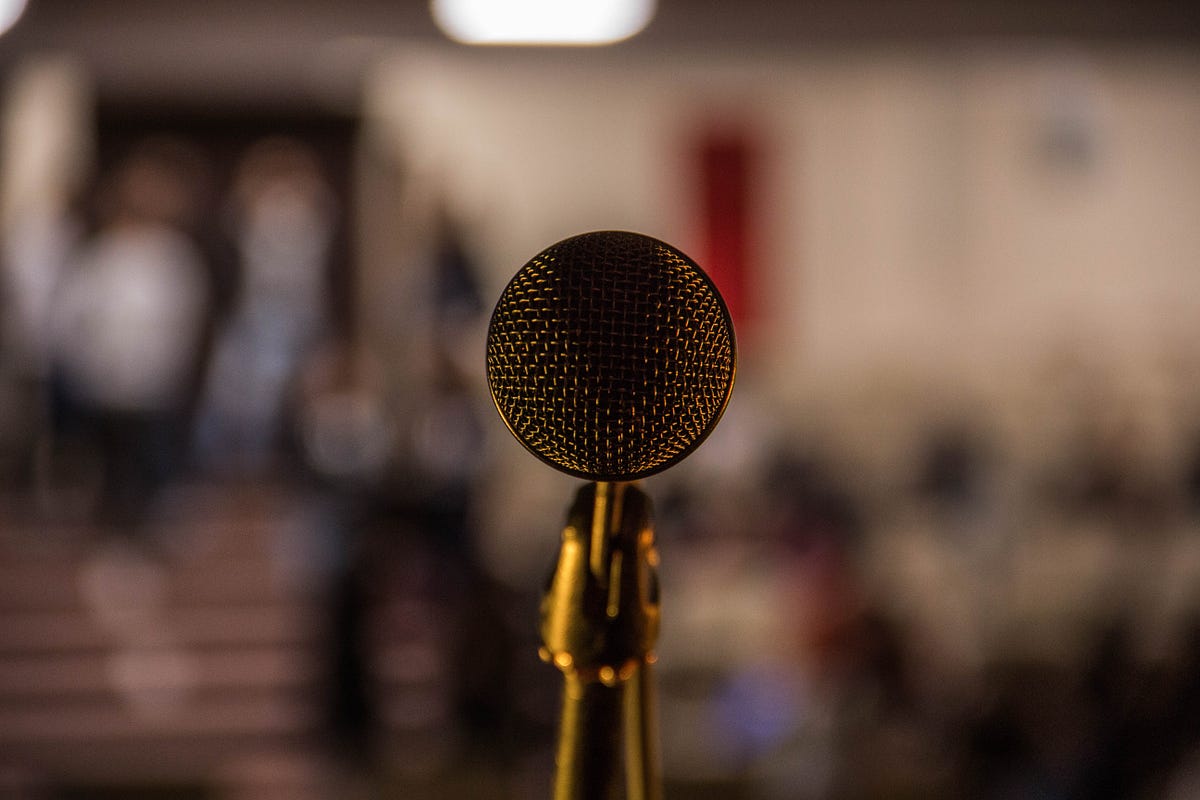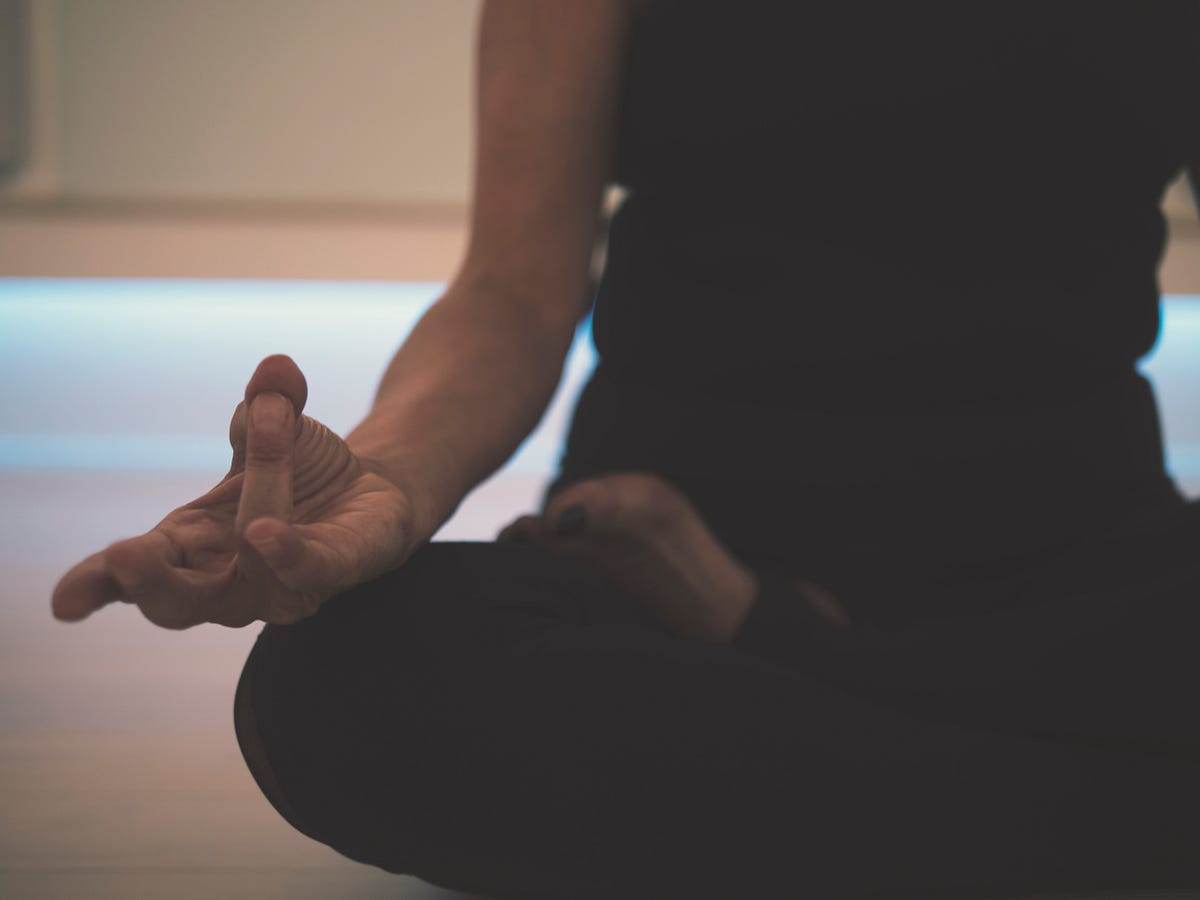Are We on the Road to Another World War?
Are we on the road to another world war? I woke up to a lunatic President threatening Iran…again. This time, because (hold on, your eyes might glaze over) Yemeni rebels attacked the Saudi oilfields with cruise missiles and drones.(LOL, wait what? Believing that Yemeni rebels have cruise missiles and drones is a little bit like believing Saddam had WMDs or that a bunch of dudes in Afghanistani caves were scarier than the combined armies of the world. It’s another lie. But I digress.) You’d be forgiven for shuddering. Deep down, I’d bet you’ve thought it at least a few times over the last year or several. World war. Is another one coming?
Let’s think about it together — and I promise I’ll be gentle. And rather than getting bogged down in the mind-numbing intricacies of this country’s rebels versus that country’s insurgents, let’s zoom out and look at the big picture — because there’s one single number we should all be very worried about right about now, one that predicts another world war.
How did World War II start? Why did fascism rise? Was it just because Germans are strange and nasty people in lederhosen? Of course not. Germans are civilized and decent people. And they were back then, too — despite us today perhaps not wanting to believe it. But that was Arendt’s point: the banality of evil. Something happened to make the average German a rabid, cheering, violent…fascist. Or at least the kind of person who looked away when their Jewish neighbours were dispossessed, expropriated, shunned, beaten, starved, ghettoized, and…murdered.
What was that mysterious “something”? It’s the very thing that American thought won’t talk about. It must be — because to you, it’s still probably mysterious. And yet that element that ignites the fascist spark into a great and juddering fire is well known to history.
The mysterious element that turned Weimar Germany into Nazi Germany was poverty. Of a then new kind. A middle class plunging into despair, losing their savings, unable to afford food, medicine, rent, bills anymore. Wait — is this sounding familiar yet? But I’ll come to that.
In the 1930s, the global economy looked like this. One nation was the world’s largest debtor state, by a very, very long way. Why? It owed steep “reparations” to France and Britain for starting and losing World War I. As a result, in plunged into stagnation. Its elites totally mismanaged its economy. To pay off the debts, they had to destroy whatever was left of the social contract. Then they began to print money by the bucketload. But none of this was enough to counteract the vicious spiral of unemployment, poverty, and ruin that was set in motion by reparations simply too expensive for a broken Germany to “repay”, and also have functioning schools, hospitals, factories, incomes, savings, jobs, lives, and so forth.
In the 1930s, one nation was the world’s largest debtor state, by a very long way. And if you understood that then, you might have well predicted a world war to follow. Because when a country can’t repay its debts, what is it to do? It has three choices: one, be driven into poverty, be effectively sold, or three…violence.
And that’s what lit the fascist spark. Once secure Germans plunged into lives of newfound poverty. Their whole worlds became things of instability, and their lives became suddenly precarious. Nobody could say: could you, the average person, afford food, medicine, rent, next month? It was touch and go.
And along came a demagogue — who blamed this poverty on the nearest scapegoat. We use that term casually — but you should understand what it really means. A scapegoat is the weakest person you can blame for a problem. In Germany’s case, it was Jews (and gays and gypsies and various “others”, too). It’s their fault! Cried the Nazis. They’re subhumans! If we can eliminate them — we will be pure again — and we will rise, my brothers and sisters. We will be great again!! By this point you should be seeing some truly eerie parallels to…right now.
Just like Germany was the world’s biggest debtor state by a very long way yesterday, guess who the biggest debtor state in the world — the biggest since the 1930s — is today? It’s America. That’s not a coincidence. It’s a relationship — a terrible and possibly fatal one.
America’s the biggest debtor state in the world…the biggest since the 1930s…and it’s also the country, today, that has concentration camps, budding Gestapos, a would-be dictatorship, a white supremacist presidency, and surging fascism, the real thing, as in dehumanization, dispossession, and expropriation… a scapegoat, Mexicans and Latinos, instead of Jews, one that occupies exactly the same position in the social hierarchy: it’s lowest rung. Either all that’s one of history’s weirdest cosmic coincidences…or there’s a link here. Do you see that link? The connection? How neatly and cleanly indebtedness and the newfound poverty it creates predicts fascist meltdown? Isn’t that eerie, haunting, and frightening?
The 1930s are repeating themselves, with a kind of terrifying, gruesome accuracy. The faces have changed — but the roles haven’t. Debtor. Creditor. Fascist. Subhuman. Kaboom! The world blows up. How is all this happening? Let’s trace the precise details of being the world’s biggest debtor state led America to the brink — or well past it — of fascist implosion, just like it did Germany, almost precisely a century ago.
Who’s the country that plunged into newfound poverty? America, of course. It’s average citizen doesn’t know anymore if they can pay their basic bills month to month. That’s not an exaggeration: literally half of Americans struggle to afford food, housing, healthcare, and bills. Shocked? Maybe not — because you’re living it. So just like Weimar Germans, modern day Americans have been plunged, suddenly, over the course of a decade or two, into shattered, bizarre, disorienting lives of newfound poverty. Not absolute poverty — like in the Congo. A strange new thing: they are poor people in a rich country, broke and indebted people in a wealthy one. Hence, a rising tide of despair, rage, and violence.
America owes its external debts mostly to China, and a smattering of other developing countries. What’s been happening here is that China has been selling stuff cheap to Americans…and lending them the money, effectively, over and over again, to keep buying it, too. That’s the dirty secret of the global money: without China lending a huge chunk of the money it “makes” from selling stuff to once affluent Americans…the whole thing would come to a shuddering halt.
So China is America’s biggest external creditor. What do debtor nations who don’t want to pay, or can’t pay, do to their creditors? Just like Germany did to England and France, ultimately, they go to war against them. Perhaps not directly, at first. There’s a contest for “lebensraum”, “room to live.” So maybe those wars spread in indirect ways. Today, perhaps America bombs Iran, which is allied with North Korea, whose ally is…China.
Uh oh. Kaboom!
Or maybe Indian nationalism turns even more vicious than it is, India bombs Pakistan, with a little encouragement from America…and Pakistan’s ally steps in…China.
Uh oh. Bang!
Or maybe America decides it needs the water trapped in the Himalayas, which India’s more than happy to sell its multinationals…but guess what, China’s not too happy about it. Or maybe America decides it needs the resources of an Africa — which China already has its eyes on. Whoom!!
Are you seeing how close to the precipice of world war we really are now?
I can sketch endless scenarios for you. They’re easy to come up with — but what matters is the logic behind them. That’s this, and I want you to understand it with crystal clarity.
America is effectively a poor country now. It is in the position that poor countries so often are. It will have to fight for whatever resources it can offer its people — on a dying planet, no less. Oil. Water. Food. Medicine. Now, it’s true that America’s poor by choice — not poor in a genuine way. But it’s establishment much prefers endless wars to, say, building hospitals or investing in clean energy or.…here’s the biggie…cancelling debt. See the problem?
That brings me to the second part of the story.
Americans owe more money to…each other…than they do to China. But “each other” is deceptive — it hides the 1930s repeating themselves. The average American dies in debt — dies a pauper, literally — because he “owes” more than he will ever earn to a tiny class of super rich. But because American institutions are capitalist, they can’t cancel debt. Jeff Bezos probably owns enough debt to fund the entire American education system for a generation — but he’s not about to cancel it. Yet without cancelling debt, Americans stay poor — and get poorer. And the vicious cycle of poverty and rage that’s now so obviously counting down to world war keeps grimly ticking.
China’s not going to cancel America’s debt. And America’s super rich won’t cancel the average Americans’ debt, either. America’s in a debt trap. The net result is that America goes on being the world’s most indebted society…since the 1930s. What happened last time a major industrial society was that indebted? The world blew up.
Remember my scenarios? Bang, kaboom, whoom? The logic above should tell you that Americans are going to get poorer, and that is only going to fuel more extremism — unless America finds a way out of its debt trap, Elizabeth Warren style, with a massive New Deal. What it should have told America’s thinking class — long ago, a decade or more — was that America was primed for a fascist implosion. That Nazism or something very much like it would rise again — only this time, America would be the bad guy. If I could predict all that based on one number — the highest national debt since the 1930s — how come America’s pundits and thinkers couldn’t? Because they don’t know how to think at all, my friends.
That is why it’s imperative that you do. We are very much on the road to another world war. We are speeding down it, in fact. Exactly — exactly — the same road as the 1930s. Debt creates poverty sparks fascism ignites hate causes war for “lebensraum”, resources, the feeling of being powerful and strong again. The world — and America in particular — is on that road so much so that it’s eerie, haunting, and frightening, just how astonishingly accurately history is repeating itself.
If we care about stopping another world war, then thinking people must — given the logic above — support two things, above all, and call for them every single day now. One is investment, and the other is debt forgiveness. Investment not just in average Americans — but at a global scale, too. An education, income, savings, home for every child on planet earth. And debt forgiveness — not just for Americans, but at a global scale. People across the globe must have more prosperity — and we must destroy less to do it, of the planet, democracy and civilization.
All that is the challenge of the 21st century.
Are we up to it? If America isn’t, if there’s no Warren style New Deal, if the fascists remain in power…my friends, then, just like last time a nation was the world’s greatest debtor by a very long way — expect the bombs to fall, the violent men to scream and cackle, their underling to obey their orders like good soldiers, and the vulnerable to die abandoned and in terror. Just like it happened before.















